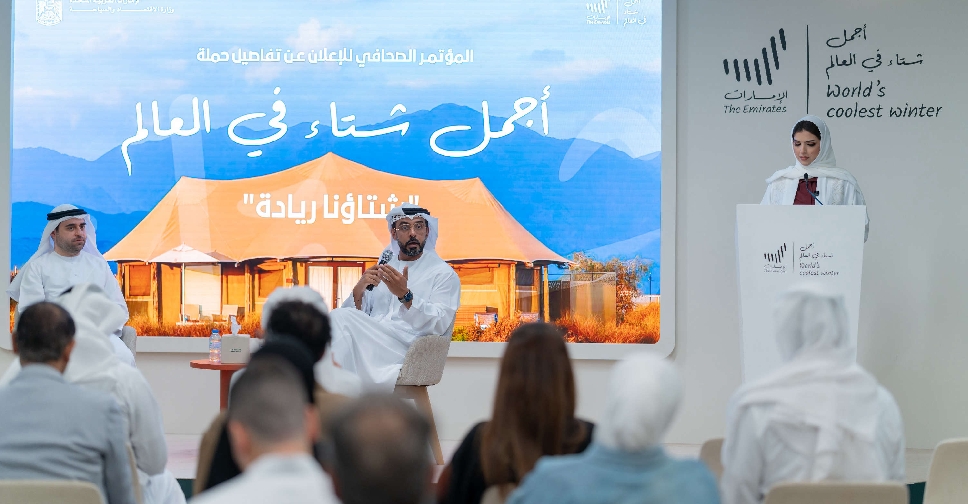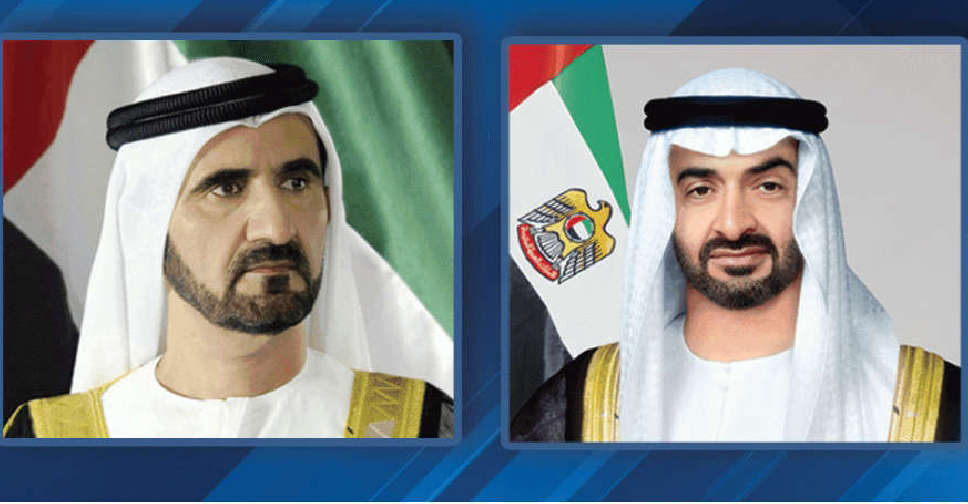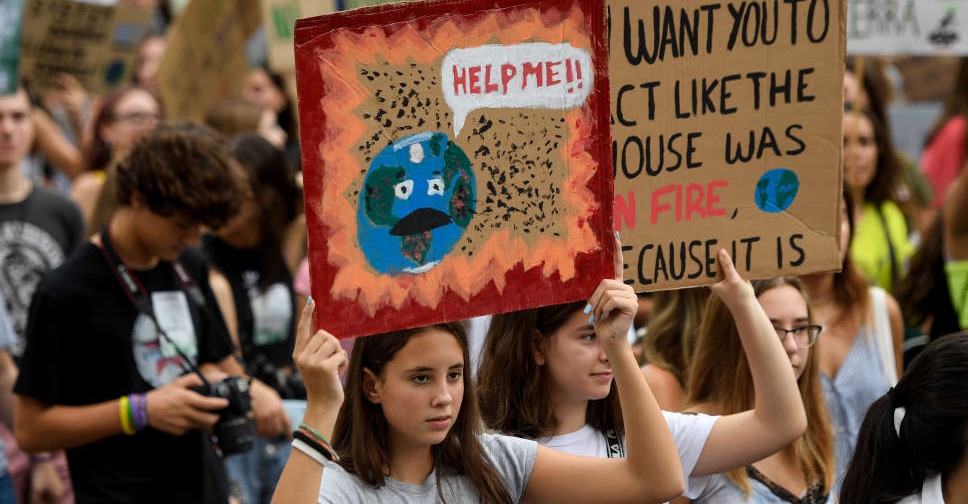
A United Nations body has updated a key treaty designed to protect children's rights to strengthen their hand in fighting climate change, as they emerge at the forefront of the battle to protect the planet.
From wildfires in Portugal to fossil fuel projects in the US state of Montana, young plaintiffs have been taking the lead in a burgeoning number of lawsuits seeking more government action on climate change.
In the document, the UN Committee on the Rights of the Child calls environmental degradation, including the climate crisis, "a form of structural violence against children".
It says that states should provide access to justice for children, including through "removing barriers for children to initiate proceedings themselves".
"This could definitely strengthen their hand because now there's a fully articulated set of guidance that pulls everything together in one place," said Ann Skelton, chair of the committee and a South African lawyer, adding that she also hoped businesses and policy makers would draw on the document.
Some 16,000 children across more than 100 countries were consulted as part of a broader dialogue during the two-year drafting period for the guidelines. Tânia dos Santos Maia, a 14-year-old from Brazil, said she expected the UN document to make children and adolescents more aware of their rights.
The guidance was broadly welcomed, however, some say it does not go far enough. Swedish climate activist Greta Thunberg asked the committee "to be more vigorous and somewhat bolder" during consultations, UN committee member Philip Jaffé told Reuters. Thunberg was not immediately available for comment via a spokesperson.
Lawyers representing six young people from Portugal, who are taking 32 countries before the European Court of Human Rights for what they see as government inaction over climate change, said they think it will reinforce their case.
All UN countries, barring the United States, have ratified the 1989 child rights convention, which addresses environmental matters but needed updating, given the pace of climate change. The committee's guidance on the convention is often cited by lawyers, and sometimes by courts in rulings.


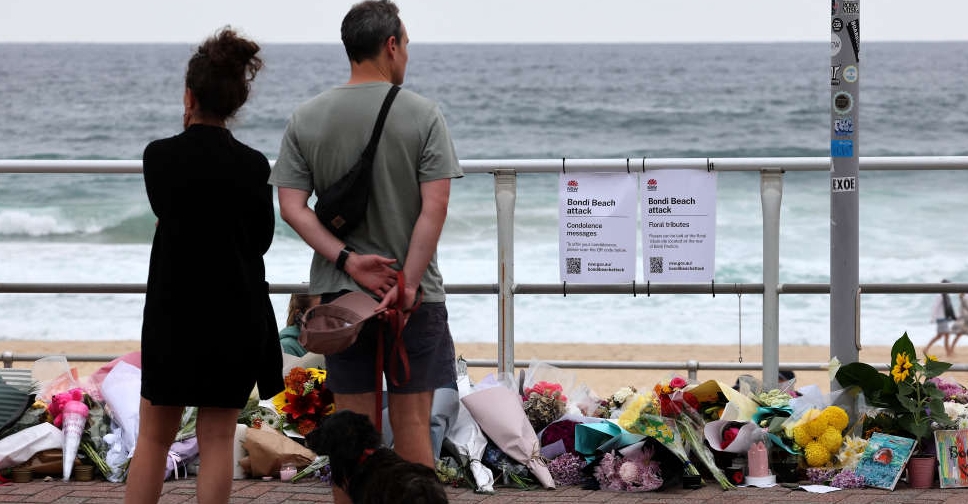 Family of alleged Bondi gunman unaware of 'radical mindset', say Indian police
Family of alleged Bondi gunman unaware of 'radical mindset', say Indian police
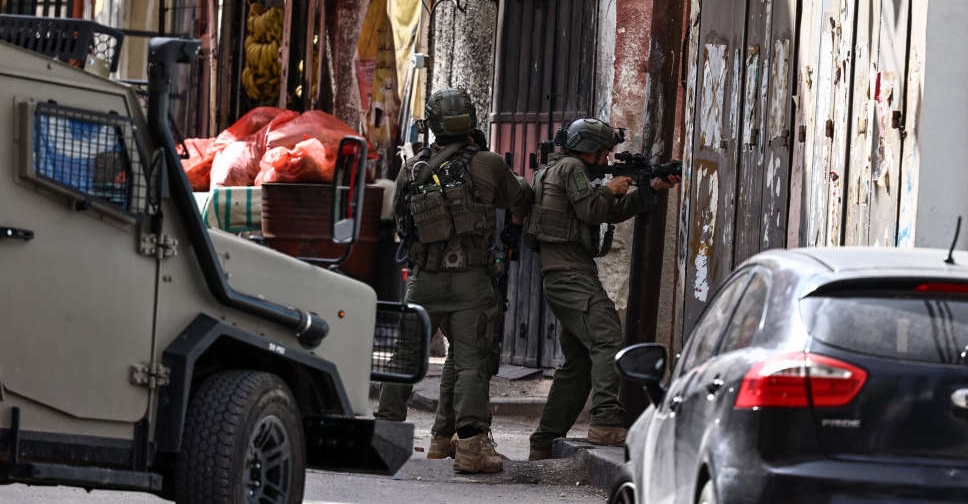 Israeli forces kill Palestinian teen in West Bank, health ministry says
Israeli forces kill Palestinian teen in West Bank, health ministry says
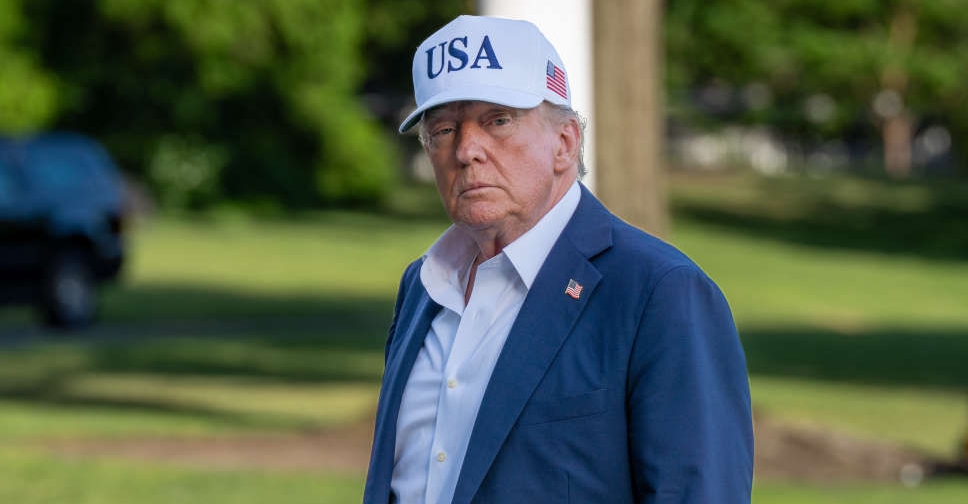 Trump sues BBC for defamation, seeks up to $10 billion in damages
Trump sues BBC for defamation, seeks up to $10 billion in damages
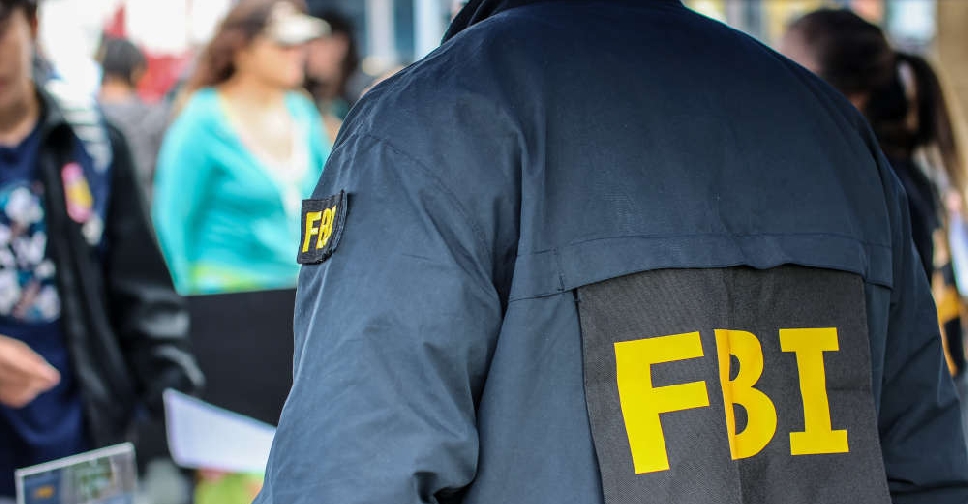 FBI foils 'terror plot' targeting Los Angeles
FBI foils 'terror plot' targeting Los Angeles
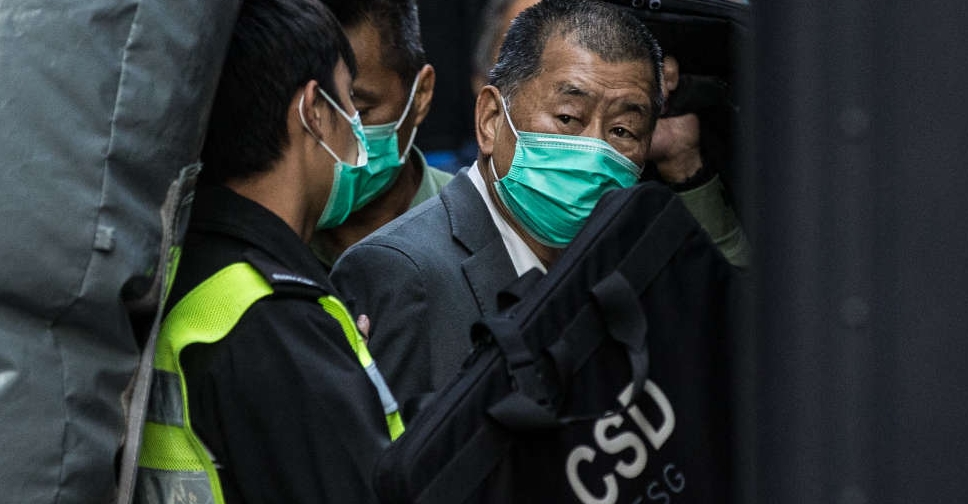 Hong Kong court finds tycoon Jimmy Lai guilty in landmark security trial
Hong Kong court finds tycoon Jimmy Lai guilty in landmark security trial
